賴科維|Lai Ko-Wei

1998年出生,2024畢業於國立臺灣藝術大學雕塑學系碩士班。
Graduated from the master's program of the Department of Sculpture at National Taiwan University of Arts in 2024.
賴科維的作品常去關注事件之間的矛盾關係,從在創作的狀態開啟時就去釐清,究竟藝術家創作背後可能產生的矛盾在哪?藝術家在付出勞動與目的、以及作品結果的對價關係,而這隨著藝術家狀態的改變而產生矛盾的感受。而勞動、價值這兩個方向則成為筆者最習慣切入作品的起手式。賴科維作品常使用模具進行陶瓷的大量生產,再選用塑膠外型的器物作為翻製對象,試圖去扭轉塑膠器物外型價值的想像, 作品在材質轉換以及大量身體的勞動後,再去回應作品可能與空間產生的連結,例如龐大數量之下對應藝術家本身勞動目的的荒謬,以及試圖去扭轉塑膠成陶瓷的荒謬,以及在長時間的創作使創作者在日常與創作的交界中產生身份上的模糊,在從這些看似荒謬與模糊的經驗中去勾勒出關於空間、尺寸 、價值、身份、體制之間的想像,試圖從自身狀態的經驗開啟對於生活周遭其他人、事、物荒謬狀態經驗的想像。
賴科維近期展覽包括2025高雄獎,高雄(2025);「第25小時」,基隆(2024);一些杯子-賴科維個展,新北(2024);塑膠瓷-賴科維個展,新北(2023);賴科維工作室--賴科維個展,新北(2022)。
Lai Ko-wei's works often focus on the contradictions between events, starting from clarifying these contradictions when the creative process begins. What are the potential conflicts behind an artist's creation? The relationship between the artist's labor, purpose, and the outcome of the work, as well as the sense of contradiction arising from changes in the artist's state. Labor and value are two key directions often used as the starting point for analyzing his works.
Lai Ko-wei frequently employs molds for mass-producing ceramics, selecting objects with plastic appearances as the subjects for reproduction, attempting to overturn preconceived notions about the value of plastic forms. His works explore material transformations and intensive bodily labor, responding to the potential connections between the work and space. For instance, the absurdity of large-scale production reflecting the artist's own laboring purpose, or the irony in transforming plastic into ceramics. Furthermore, prolonged creation blurs the boundary between daily life and artistic practice, leading to ambiguities in identity.
Through these seemingly absurd and ambiguous experiences, Lai maps out ideas regarding space, scale, value, identity, and systems. He seeks to use his personal experiences as a starting point to imagine the absurd states experienced by others and the surrounding environment, including people, events, and objects.
VIDEO
展出畫廊
 展出畫廊
展出畫廊

